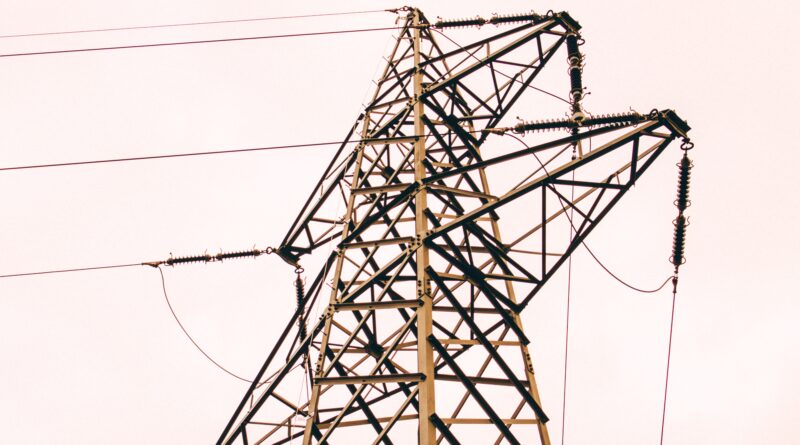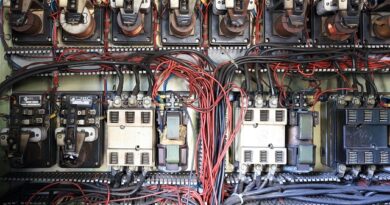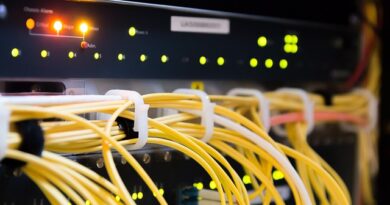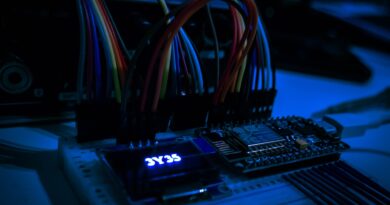Mastering Electrical Safety Audits: A Step-by-Step Guide for Homeowners
1. Introduction
As a homeowner, ensuring the safety of your electrical system is crucial for the well-being of your family and the protection of your property. One effective way to assess the electrical safety of your home is by conducting an electrical safety audit. In this comprehensive guide, we will take you through the step-by-step process of mastering electrical safety audits.
2. Understanding Electrical Safety Audits
Electrical safety audits involve a thorough examination of your home’s electrical system to identify potential hazards, outdated components, and code violations. The audit aims to ensure that your electrical system is safe, up to code, and functioning optimally. By conducting regular audits, you can prevent electrical accidents, reduce fire risks, and improve the overall safety of your home.
3. Importance of Electrical Safety Audits
Electrical safety audits are essential for several reasons. Firstly, they help identify and address potential electrical hazards before they lead to accidents or damage. Secondly, audits ensure compliance with electrical codes and regulations, reducing the risk of legal issues and insurance complications. Lastly, electrical safety audits provide peace of mind, allowing homeowners to have confidence in the safety of their electrical systems.
4. Preparing for an Electrical Safety Audit
Before conducting an electrical safety audit, it’s important to prepare adequately. Here are the key steps to follow:
4.1 Conducting a Preliminary Inspection
Begin by conducting a preliminary inspection of your home’s electrical system. Look for visible signs of damage, such as frayed wires, loose connections, or outdated components. Make note of any areas that require immediate attention.
4.2 Identifying Potential Hazards
Next, identify potential electrical hazards in your home. These may include overloaded circuits, outdated wiring, improper grounding, or faulty electrical panels. Pay special attention to areas prone to moisture, such as bathrooms and kitchens.
4.3 Addressing Common Electrical Issues
Before the audit, address common electrical issues that can be easily resolved. This may include replacing damaged outlets, tightening loose connections, or installing safety devices like ground fault circuit interrupters (GFCIs).
5. Hiring a Professional Electrician
To ensure an accurate and thorough electrical safety audit, it’s advisable to hire a professional electrician. A qualified electrician has the expertise and knowledge to identify hidden issues, perform intricate tests, and provide expert recommendations for improving your electrical system’s safety.
6. Common Electrical Safety Audit Checklist Items
During an electrical safety audit, various components of your electrical system will be evaluated. Here are some common checklist items that auditors typically assess:
6.1 Wiring Systems
Auditors will inspect the condition and integrity of your home’s wiring systems. They will ensure that the wiring is properly installed, grounded, and insulated to prevent electrical shocks and fire hazards.
6.2 Circuit Breakers and Fuses
The functionality of circuit breakers and fuses will be checked to ensure they can effectively protect against overloads and short circuits. Outdated or malfunctioning breakers and fuses will be recommended for replacement.
6.3 Grounding and Bonding
Proper grounding and bonding are crucial for electrical safety. Auditors will assess the effectiveness of your grounding system, ensuring it can safely redirect electrical faults and prevent electrical shocks.
6.4 Electrical Panels
The condition of your electrical panels will be evaluated to identify any signs of wear, damage, or code violations. Upgrading outdated panels may be recommended to improve safety and meet current electrical standards.
6.5 Outlets and Switches
The functionality and safety of outlets and switches will be inspected. Auditors will look for loose connections, improper wiring, or signs of overheating. Recommendations for repairs or replacements will be provided as needed.
6.6 Appliances and Equipment
During the audit, auditors may assess the safety of your appliances and electrical equipment. They will ensure that they are properly installed, grounded, and functioning correctly.
7. Correcting Electrical Safety Issues
If any electrical safety issues are identified during the audit, it’s crucial to address them promptly. Here are some common issues and their corresponding corrective measures:
7.1 Repairing Faulty Wiring
Faulty or damaged wiring should be repaired or replaced by a professional electrician. This ensures that electricity flows safely and efficiently throughout your home, reducing the risk of electrical hazards.
7.2 Replacing Outdated Electrical Panels
Outdated electrical panels may not be equipped to handle the electrical demands of modern homes, increasing the risk of electrical overloads and potential fires. Upgrading to a newer panel with higher capacity is recommended.
7.3 Upgrading Insufficient Grounding
Inadequate grounding can lead to electrical shocks and damage to electrical equipment. Upgrading the grounding system by adding grounding rods or conductors improves the safety of your electrical system.
7.4 Installing GFCI Outlets
Ground fault circuit interrupter (GFCI) outlets are designed to protect against electrical shocks. Installing GFCIs in areas prone to moisture, such as bathrooms and kitchens, enhances the safety of your home.
8. Conducting Regular Maintenance
To ensure ongoing electrical safety, regular maintenance is essential. Regularly inspect your electrical system, replace worn-out components, and promptly address any electrical issues that arise. Regular maintenance reduces the likelihood of major problems and ensures the longevity of your electrical system.
9. The Benefits of Regular Electrical Safety Audits
Regular electrical safety audits offer numerous benefits. They provide peace of mind by ensuring the safety of your family and home. By identifying and addressing potential hazards, audits prevent accidents and reduce the risk of electrical fires. Additionally, compliance with electrical codes and regulations ensures a safe and legally compliant electrical system.
10. Conclusion
Mastering electrical safety audits is crucial for homeowners who prioritize the well-being of their families and the protection of their property. By following the step-by-step guide outlined in this article, homeowners can effectively assess and improve the safety of their electrical systems, providing peace of mind and ensuring a secure living environment.




